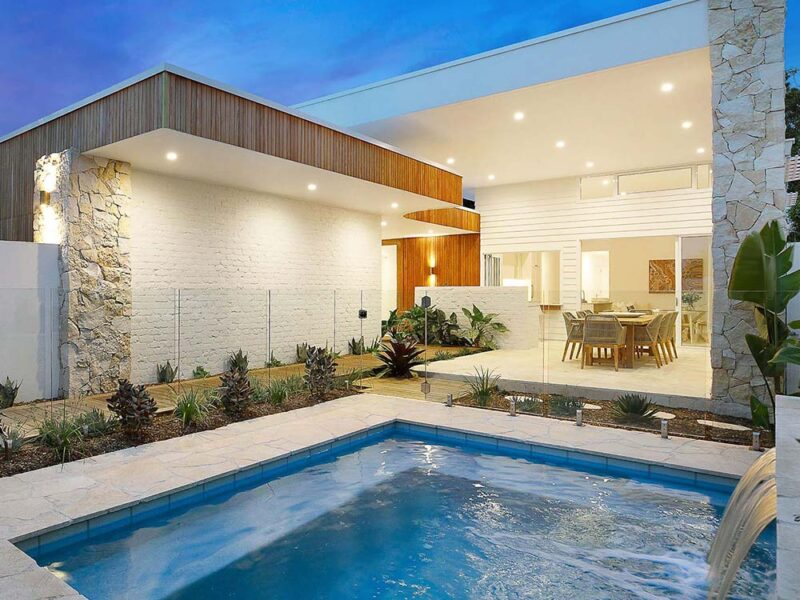
What is a “Sustainable Home”?
The term “sustainability” gets thrown around a lot in the building design industry, but what does it actually mean? And what are the ramifications for the home owner?
What is a “Sustainable Home”?
Sustainable home design is mostly about common sense and whether you’re building or renovating, you may as well get it right from the beginning. A sustainable home should be energy efficient and cheaper to run. It should be durable and made from materials that aren’t going to harm you or the environment. It should take into consideration how your family might change in the coming years, and adapt accordingly. And waste during construction should be considered, for both cost and environmental impact.
Here are some things we consider when designing:
Passive Design
Another “buzz” term, a passively designed home makes the most of natural heating and cooling methods to ensure the home is comfortable and running costs are reduced. The main components of passive design are: orientation, spatial zoning, thermal mass, ventilation, insulation, shading and glazing. Taking these into consideration can make a huge difference in how your home performs year-round. Good orientation is most important, taking advantage of the sun’s heat in winter and shutting it out in summer. This alone can drastically reduce the need for heating and cooling.
More on … Heating and Cooling
Did you know that Australian homes are traditionally ‘leaky’ and that draughts can be responsible for up to 25 per cent of your heating and cooling costs? We take this into consideration with our design and building methods to ensure there are no expensive gaps sucking away your hard-earned dollars. Insulation is another important consideration – insulation acts as a barrier that prevents heat passing in and out of a house, keeping a home cooler in summer and maintaining heat in winter. Insulation isn’t just for the roof – you can also insulate your
walls and floor for maximum energy efficiency. Spatial zoning ensures that a home’s temperature stays consistent throughout and avoids
hot or cold pockets as a result of warm or cool air escaping.
Designing for your climate and site
Different sites present different challenges, but the aim should always be to minimise summer sun and maximise winter sun. Air movement and ventilation are two more important considerations with the aim of designing for effective cross-flow of air throughout the building.
Sustainable materials
All materials have an embodied energy – the energy used over their lifecycle, from processing and manufacturing through to product delivery. A poor choice of materials can diminish or cancel out the benefit of all your other sustainable living choices. Also, as previously mentioned, materials should be durable to avoid the cost (to your pocket and to the environment) of replacing them. We try to use sustainably sourced timbers, recycled or locally sourced materials, and low volatile organic compounds (VOC) finishes. Thermal mass is another consideration for materials – this is the material’s ability to absorb and release heat. Bricks and concrete most often give the best results.
Glazing
Windows and glazed doors can be a major leak of heat, in and out. How much glass your home has, and where those windows and doors are situated, can have a huge impact on this and is an important consideration at the planning stage. For a design featuring lots of glass, a popular choice with many, we would recommend double glazing to maintain the advantages passive design.
Designing for the long haul
Make sure your home is designed to last, with materials that are durable and reusable or recyclable. Also think ahead – will your family grow, shrink or stay stable? The aim is to design a home that not only meets your current needs, but can adapt to your changing needs without incurring too much cost.
Remain engaged
Once you have moved into your sustainable home, our advice is to think about how your home is working day to day – pull down blinds to block hot sun, open doors and windows to capture cool breezes. Remaining engaged with the design advantages of your home can help lessen the environmental impact and ensure your home performs as well as it should.


